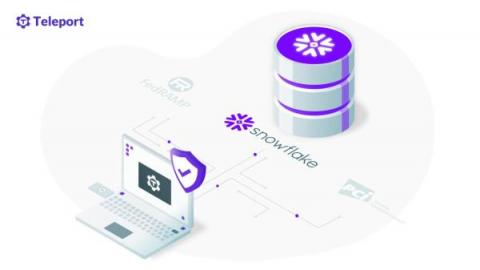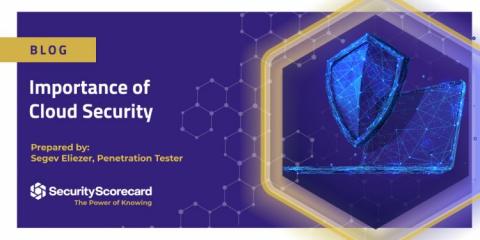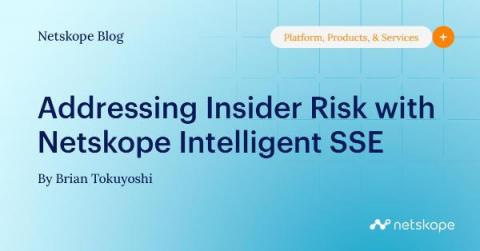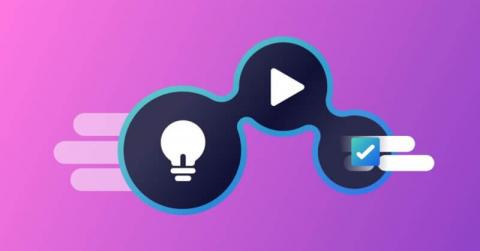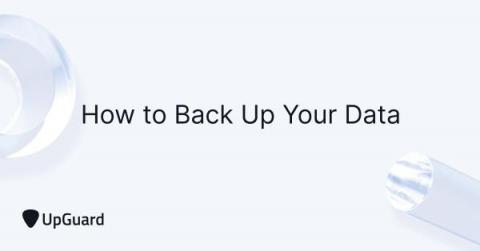Watch out for this zip file scam
Distributing malware through a. ZIP file isn’t anything new, so threat actors are using a new tactic in response to tightening cybersecurity measures across the globe. While most people know not to open an unexpected attachment, these malicious files are starting to pop up in email threads with trusted friends and colleagues — this makes them very easy to fall for.




